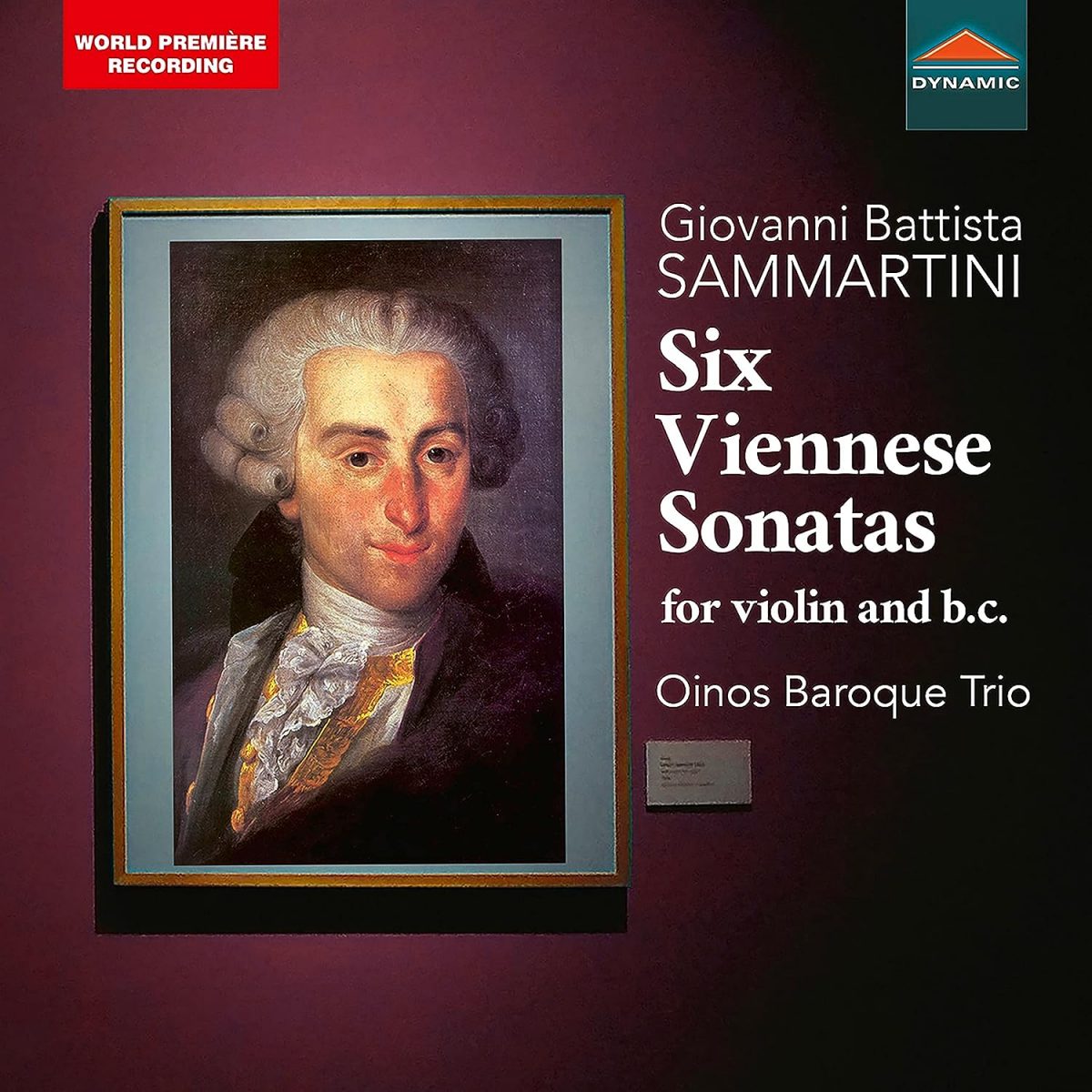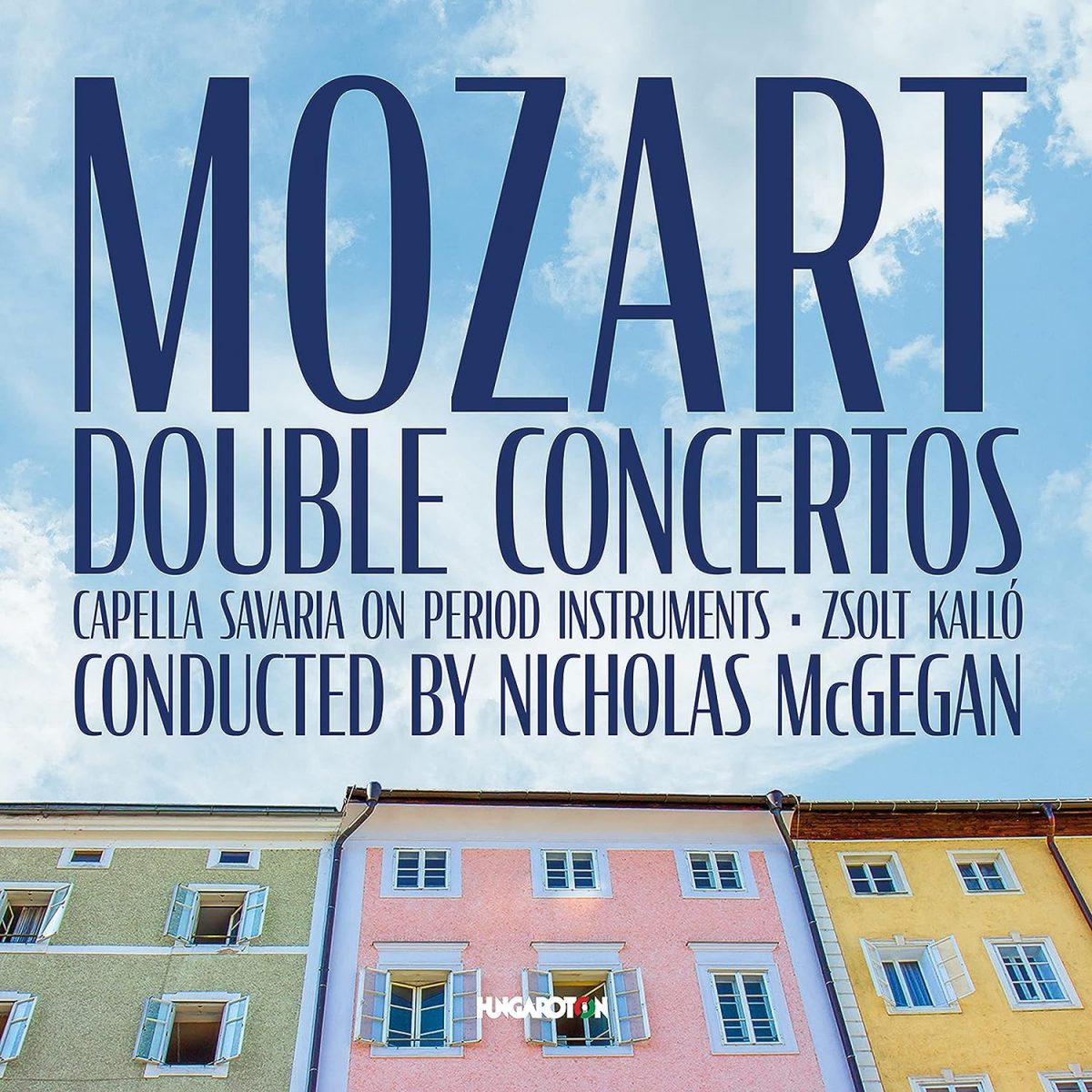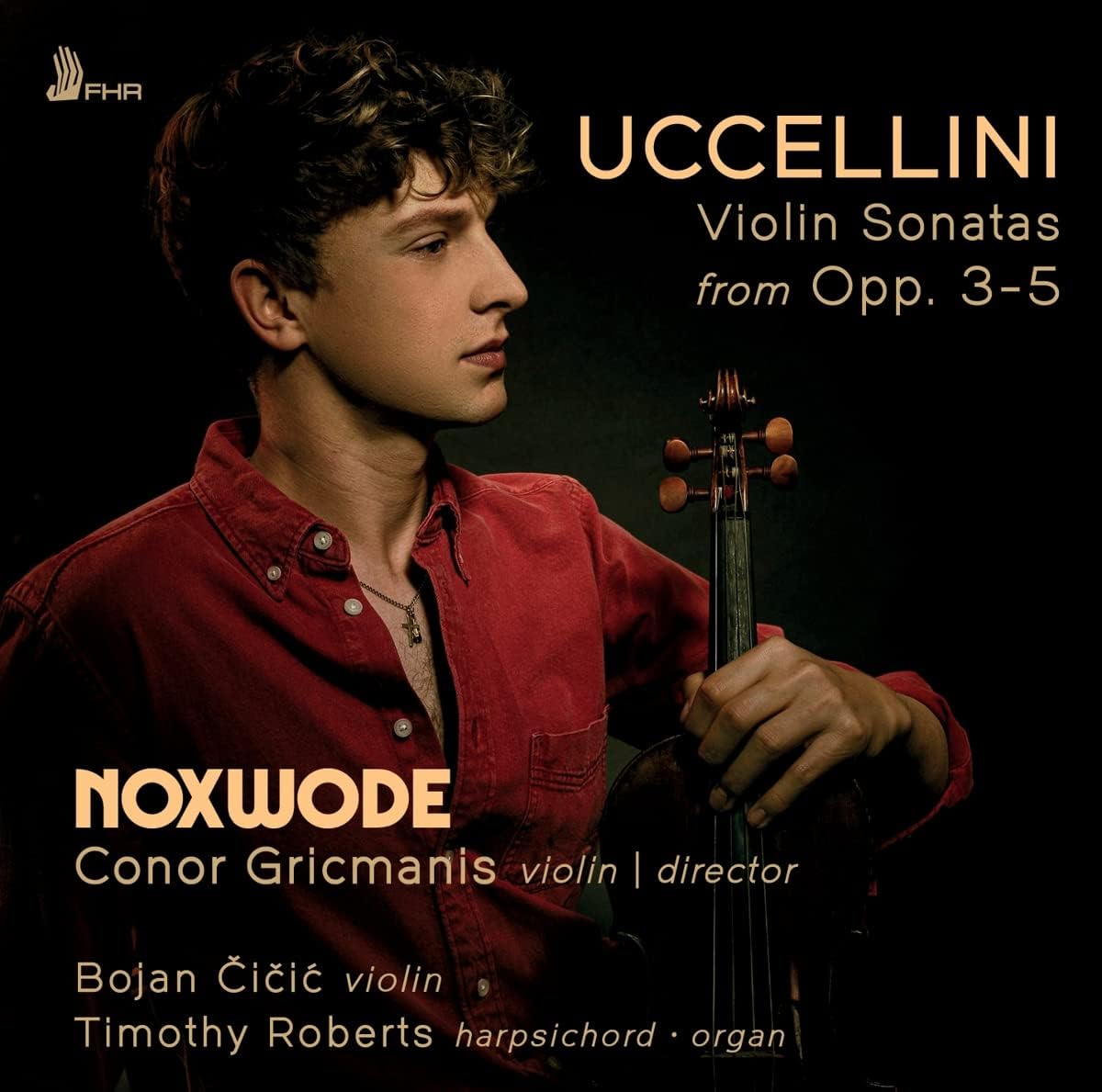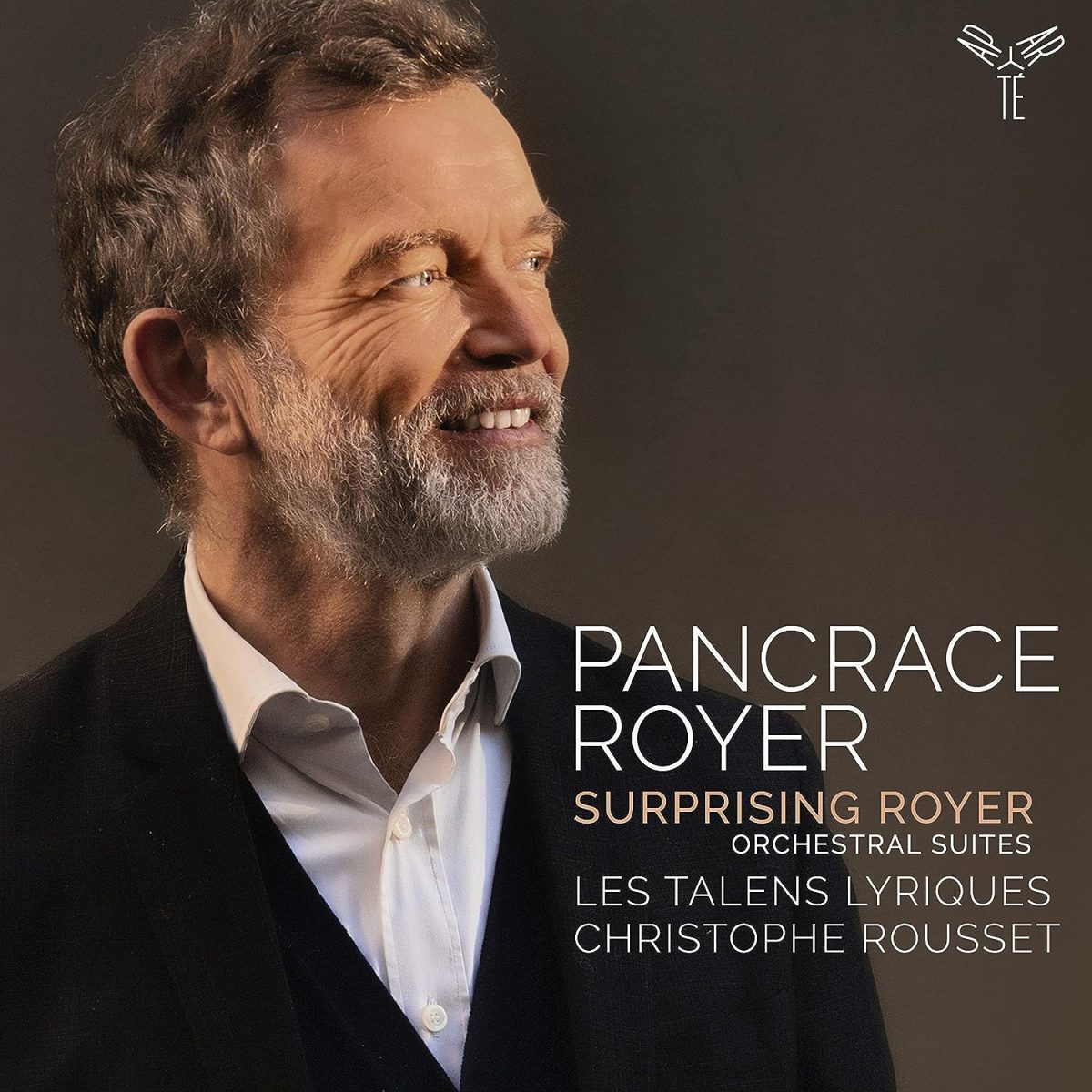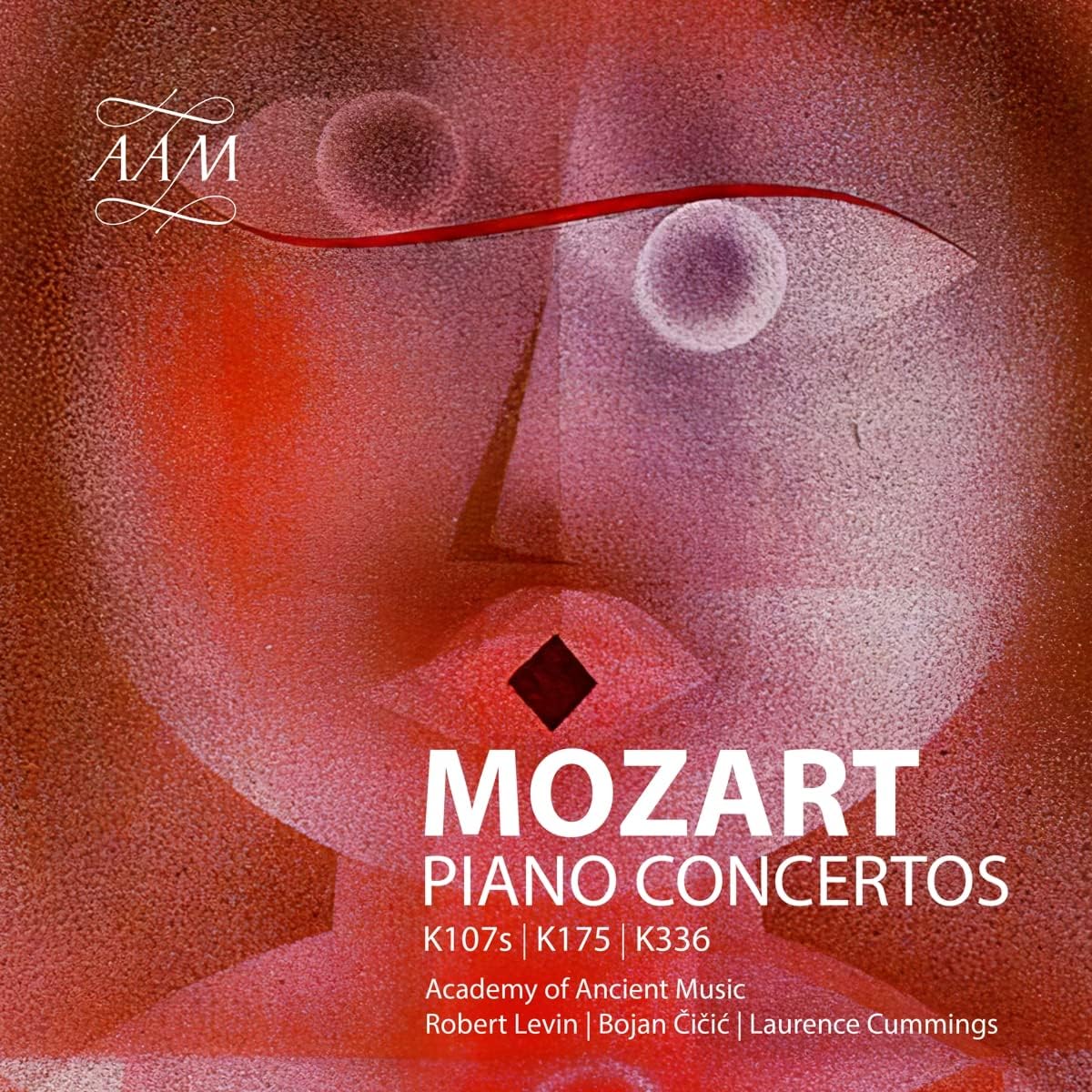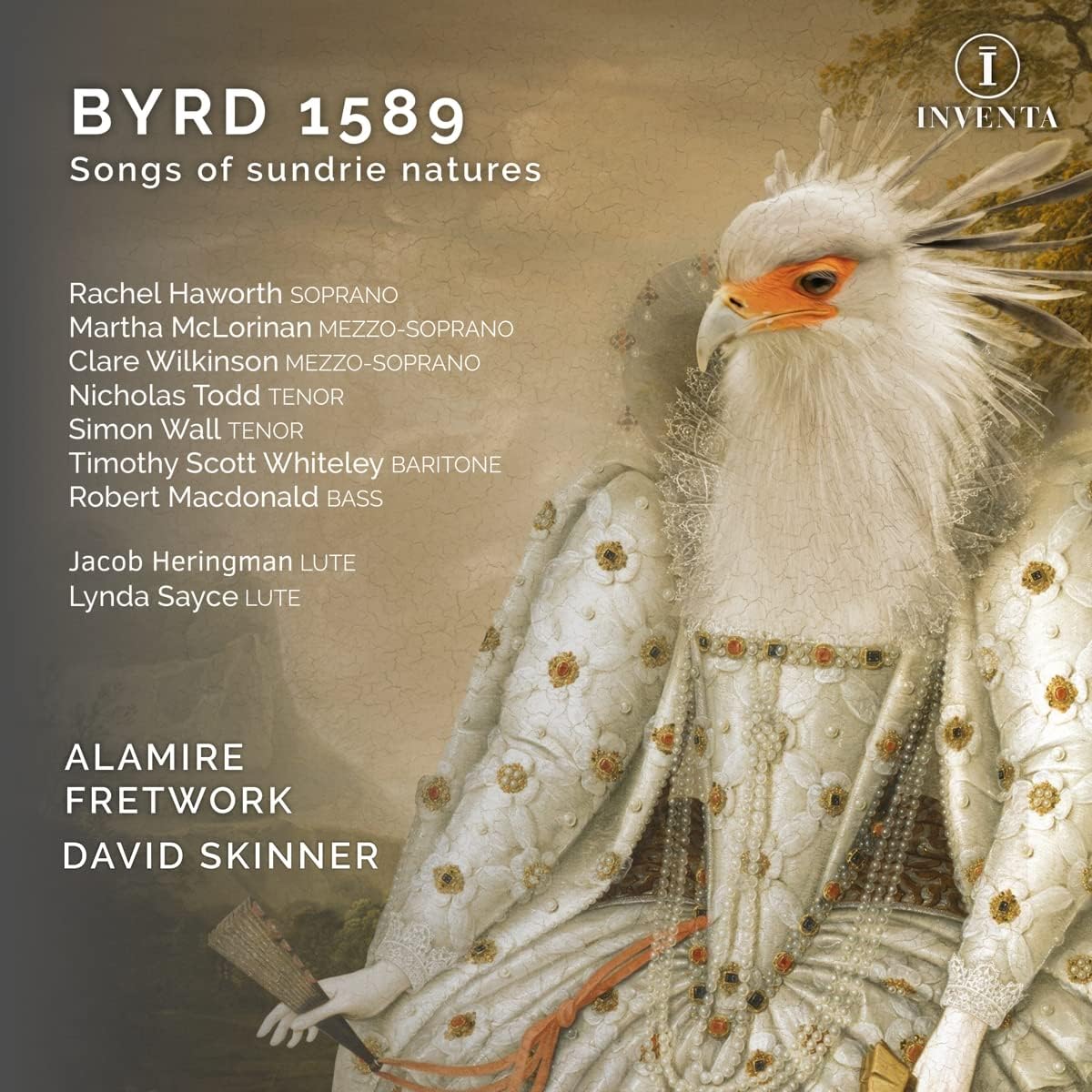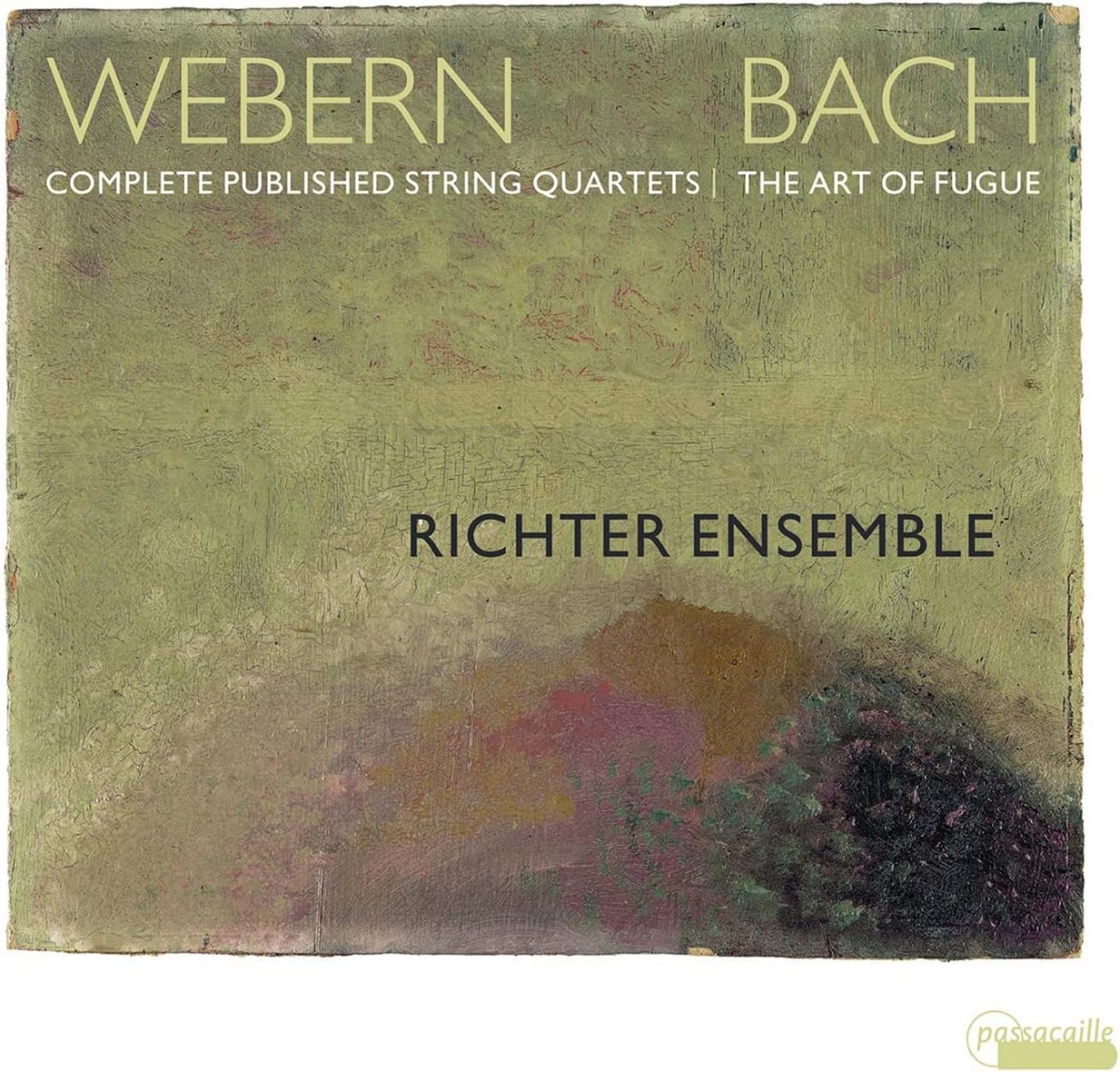Oinos Baroque Trio
62:53
Dynamic CDS7959
These six sonatas, recorded here for the first time, were collected from a variety of sources for use at the Viennese Hofkapelle. Compared to the violin music of his Italian contemporaries, this music by Sammartini is relatively technically undemanding, although it demonstrates a pleasantly lyrical character which makes it constantly engaging. The composer’s long life spans a period of rapid musical development from the Baroque to the Classical period, and his music embodies aspects of both these styles. The Oinos Baroque Trio provide us with persuasive premiere recordings of all six works, although occasionally I feel a little more passion in the playing might have brought the music more convincingly off the page. The fact that these sonatas found their way to Vienna is probably more due to the fact that Sammartini was working in Milan which was at the time under Habsburg rule than to any intention of the composer or any active decision by the musicians of the Viennese Hofkapelle, but that this music subsequently had an influence on the development of Classical music in Vienna is undeniable. This is particularly noticeable in the sonatas in which the Oinos Trio choose a fortepiano as continuo instrument.
D. James Ross
